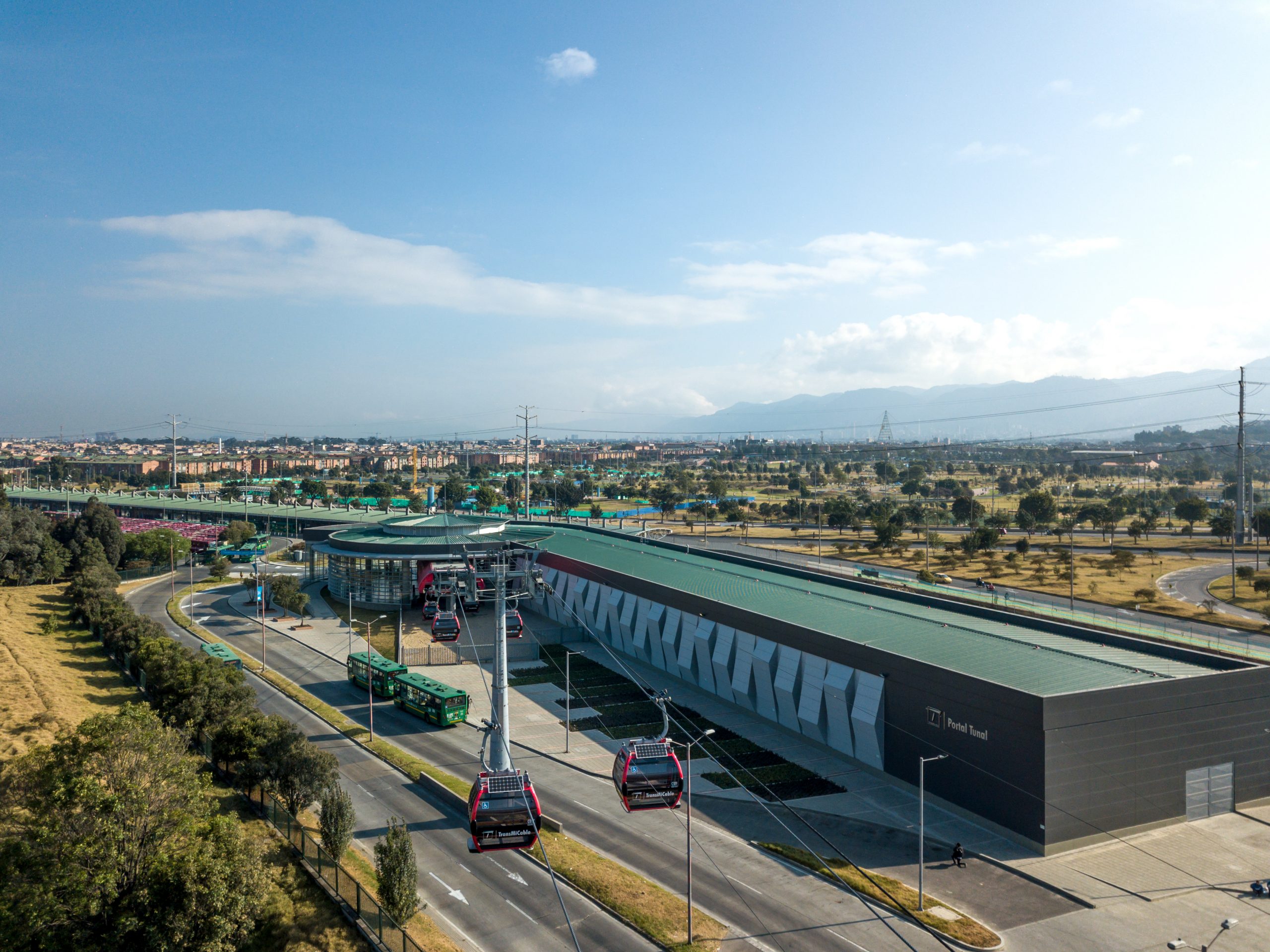
Cities, SI World 2/2019
Reliable & efficient: What does local public transport need in order to stand up to the car?
However, the result of the survey is surprising, as reducing prices for passenger transport in order to get more people to travel by train, bus and rail is being
widely encouraged, especially by politicians. At a first glance, this offer does sound attractive but what is the good of a free transport system if you cannot rely on the stated departure and arrival times?
Free local transport will become useful only when any structural deficiencies in the transport model of the cities can be improved. However, what the passengers want goes much deeper.
Flexibel
The greatest advantage of the car is the flexibility gained, whereas public transport has to adhere to prescribed times. It is precisely this freedom to decide when and where to go that people are reluctant give up. The best argument, especially in the inner-city area, is the daily rush hour traffic. Time in a traffic jam is perceived as lost and is a daily nuisance on the way to the office or on the way home.
These are the reasons why there is a desire for a flexible, high-capacity transport system and it is precisely these wishes that could be fulfilled by the cable car systems that are increasingly used in urban spaces. To transport 10,000 people, you need either 2,000 cars, 100 buses or one cable car.
The transport capacity of the systems is unsurpassed and the cable-drawn allrounders also do very well when it comes to availability. As gondolas depart anytime at intervals of a few seconds, there are no waiting times.
Einheitliche Systeme
The study also addressed a recurring problem of many tourists: although they generally know their home public transport in their sleep, the different models in many cities are confusing. Where is the limit of the central zone? Which modes of transport are included on the ticket?
And where can they now actually get tickets? Time and again, these points create exasperation on holiday and passengers want a standardised or at least clear system. The option of paying easily by mobile phone or having one app for all public transport provisions also seems to be right at the top of the list of priorities, especially for younger people.
They want to enjoy the city and not have to worry about public transport. Ideally, the transport systems will also be equipped with a working WLAN or charging facility for mobile devices.
Walking, riding, floating
It is not only the virtual networking that needs continuous improvement; increased provision is also desired. None of the current public systems is a solution to every situation. If the public transport interconnects optimally, the strengths of the individual systems outweigh the respective weaknesses.
It must not be overlooked here that the distance from home to the station also has to be covered. The solution proposed by the passengers would be e-bikes based on the Dutch model. Unlike the provision of the public transport network, passengers would want free provision here. tm







